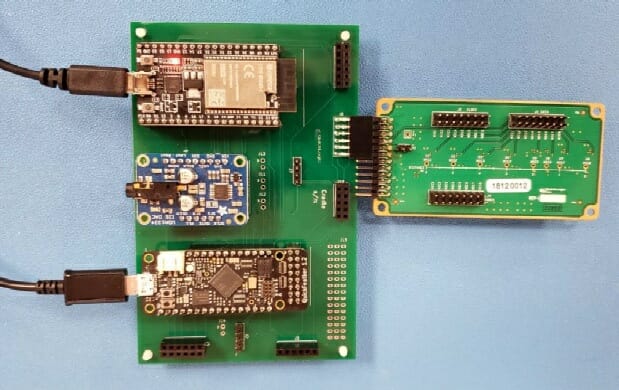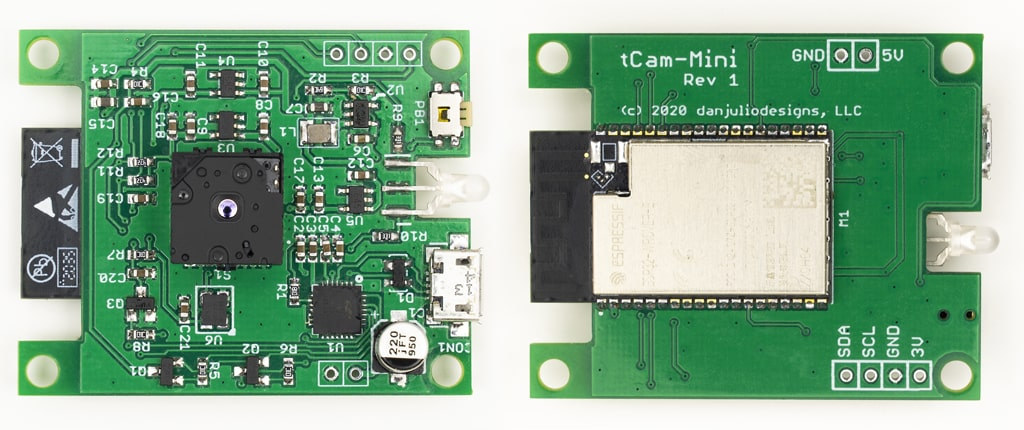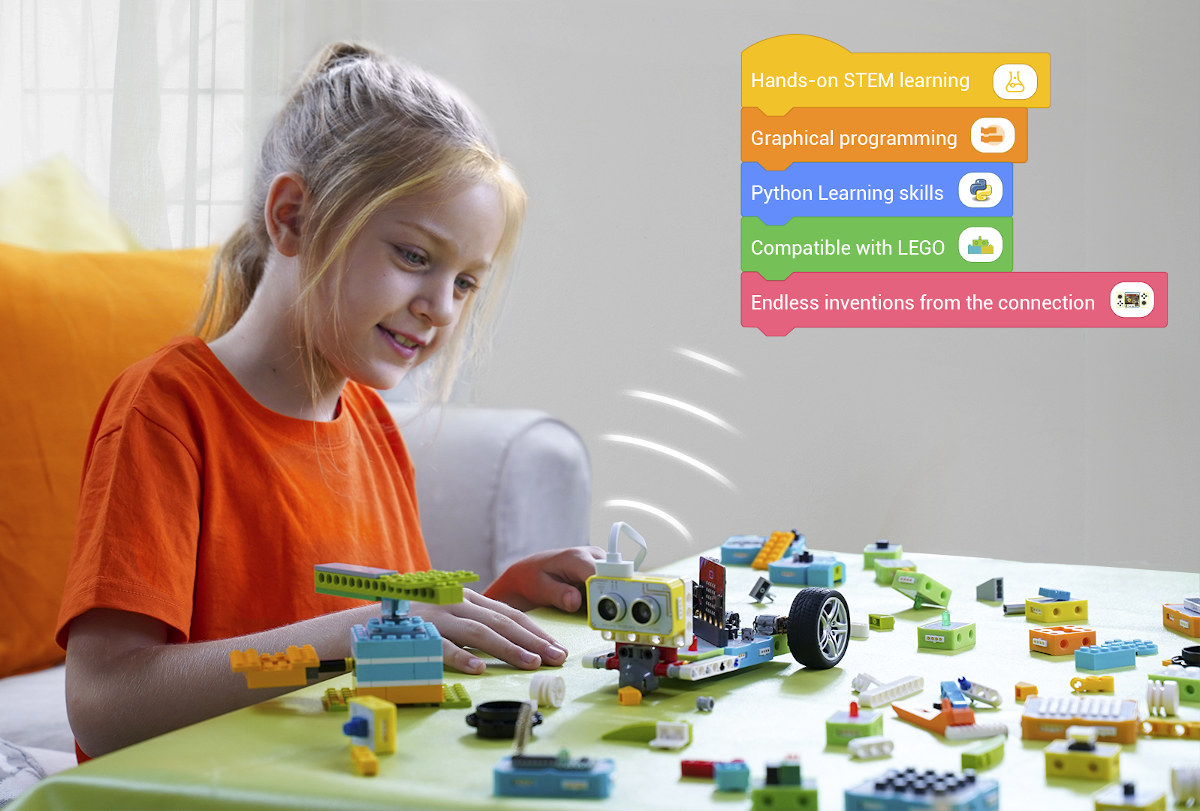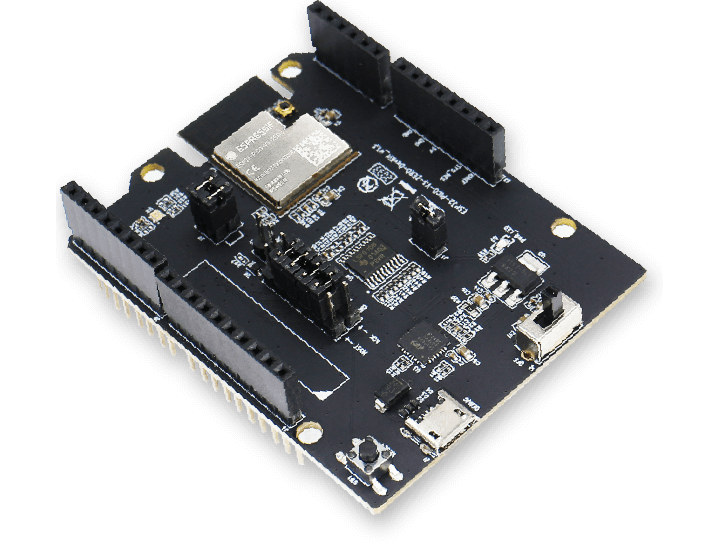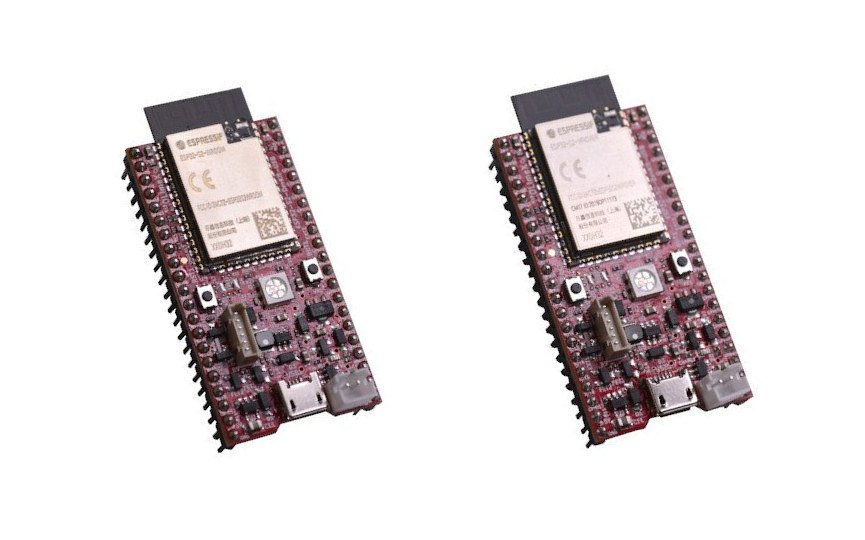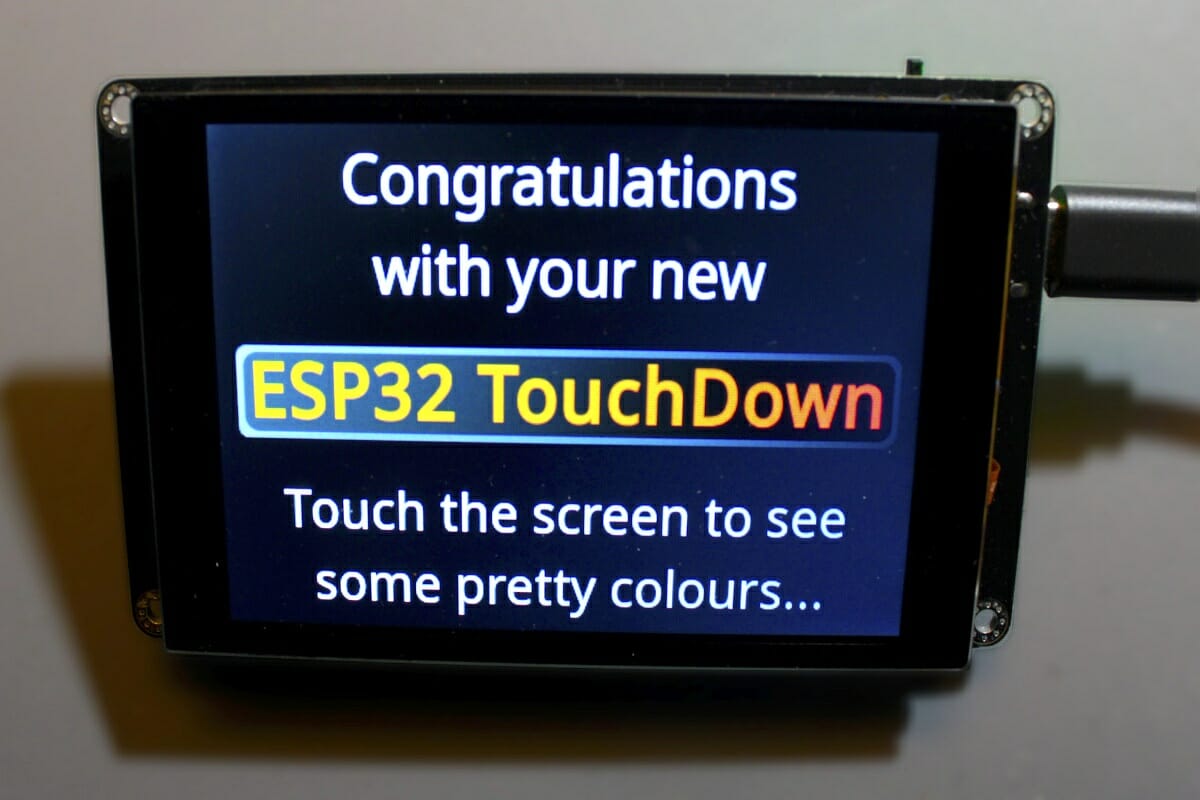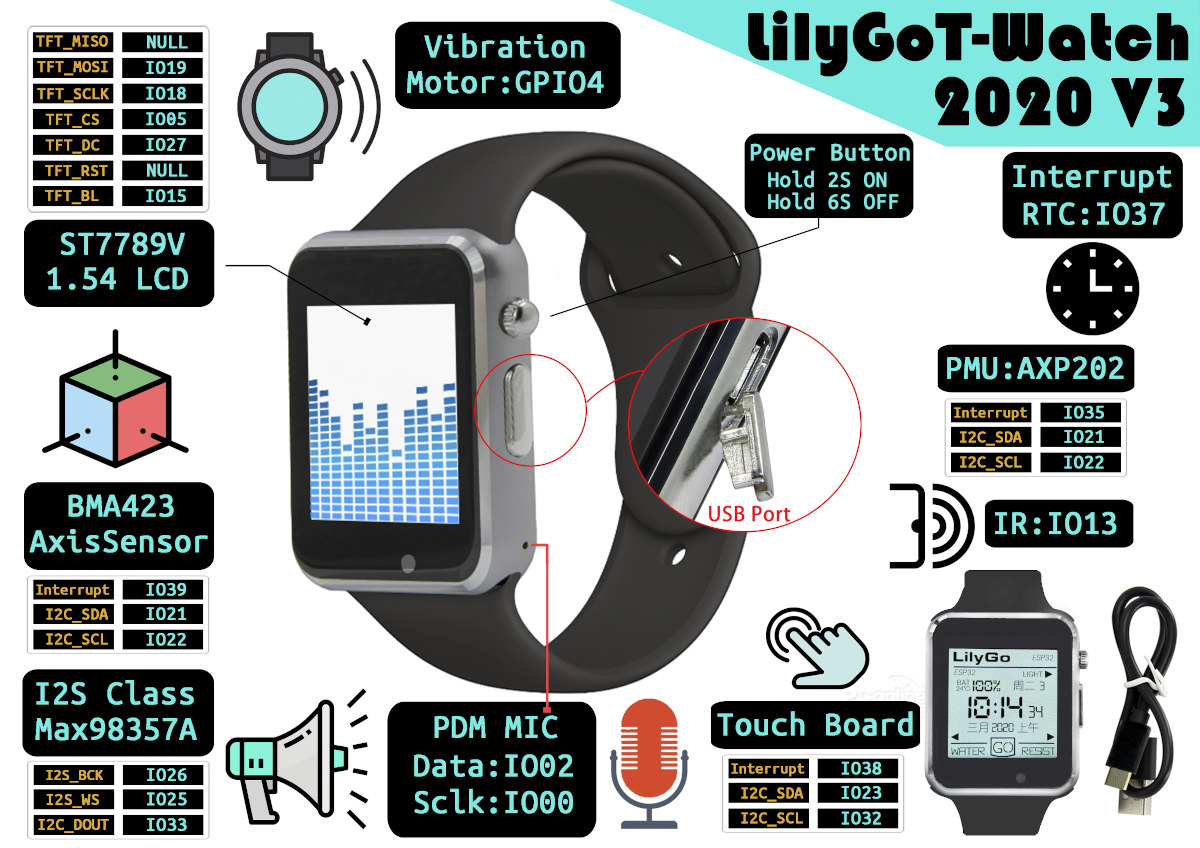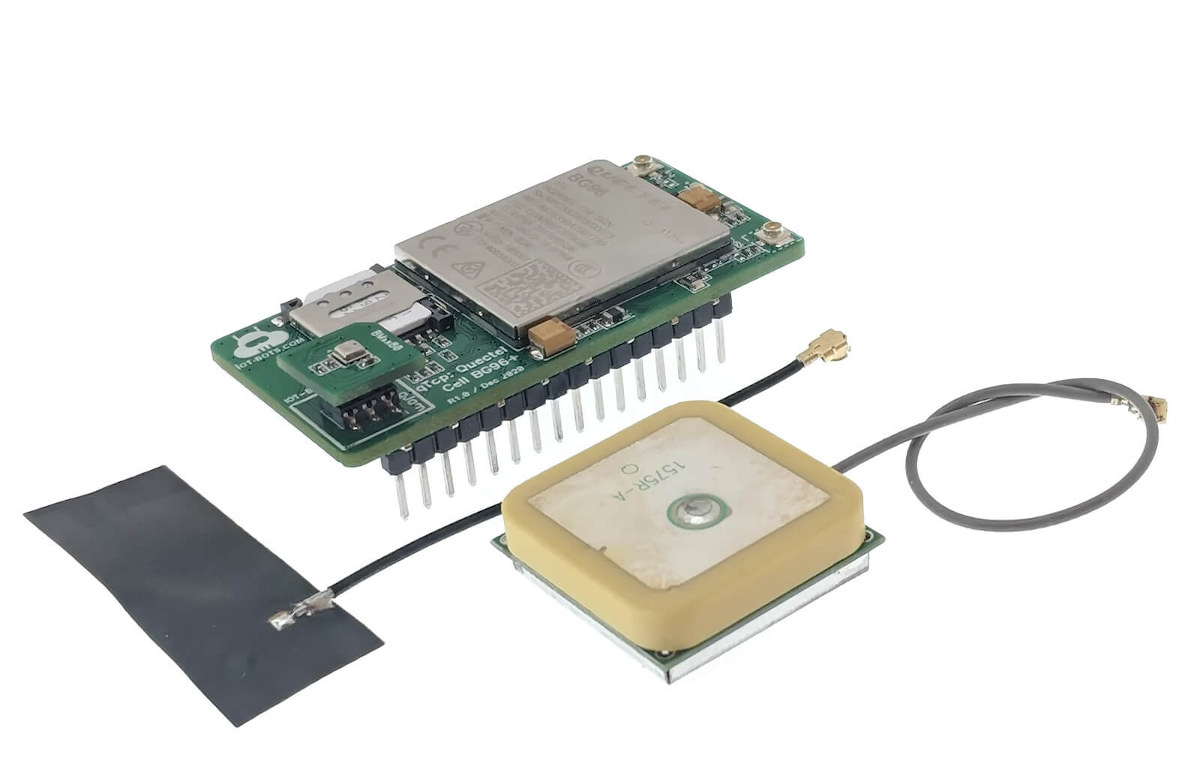Last year we saw QuickFeather board featuring EOS S3 Cortex-M4F MCU with embedded FPGA, which was a crowdfunding project. This year the company has launched its smart hearable reference design based on a similar processor by QuickLogic. The device is dedicated to “Voice-Initiated, Hands-Free, Alexa Built-In Devices with Close-Talk Support.” QuickLogic’s smart hearable reference design is based on the company’s Open Reconfigurable Computing (QORC) which supports a complete open-source set of development options for the MCU and FPGA devices. It is also built on the EOS S3 Voice Processor and the QuickFeather open source development kit. This can enhance the user experience with a longer battery life of the device. The EOS S3 Arm Cortex- M4 processor features Low Power Sound Detection (LPSD) technology along with DSP Concepts’ TalkTo noise suppression and beamforming technology for the directional transmission of signals. It also comes with Alexa Wake Word engine technology, an […]
tCam-Mini IR thermal camera board ships with ESP32 module
While there are plenty of ESP32 camera boards, it’s much harder to find off-the-shelf solutions with ESP32 wireless SoC and an IR thermal camera. That’s likely why Dan Julio decided to design tCam-Mini board combining an ESP32 module with a Flir Lepton 3.5 sensor with 160×120 resolution to capture radiometric data for thermographic analysis. tCam-Mini board hardware specifications: Wireless module – Espressif ESP32-WROVER-E module with dual-core ESP32-D0WD0V3 WiSoC, 8 MB PSRAM, 8 MB Flash, and PCB antenna; Camera – Flir Lepton 3.5: 160×120 pixel radiometric LWIR camera with shutter operating in either Radiometric/TLinear (each pixel contains temperature data) or AGC modes (no temperature data in each pixel but better images). Expansion – 4-pin I2C header Debugging – Micro USB port with CP2102N-A02 USB to UART bridge for ESP32 boot loader control Misc – Dual color (Red/Green) status LED, Factory/Wifi Reset button Power supply – 5V input via micro USB port […]
Crowbits magnetic blocks for STEM Education work with Arduino, Micro:bit, ESP32, and Raspberry Pi (Crowdfunding)
Elecrow develops and manufactures electronics products for the maker market, and in recent years entered the STEM education market with products such as CrowPi2 Raspberry Pi 4 education laptop that I reviewed last year. The laptop integrates plenty of electronics modules, and students can learn Scratch visual programming as well as Python programming with the educational software running on the laptop. The company has now launched Crowbits magnetic electronic blocks for STEM education, and compatible with Arduino, ESP32, Raspberry Pi, and Micro:bit boards. There are over 80 programmable electronic magnetic modules and Lego bricks, with three different sizes ( large, middle, and small modules) of different colors with blue used for power control and logic control, green for output, yellow for input, and orange for advanced programming. Out of the 80+ modules, around 30 can be used without programming at all. Elecrow provides 5 kits to let users learn basic […]
ESP32-PICO-V3-ZERO-DevKit targets Amazon Alexa Connect Kit (ACK) development
Last summer, Espressif and Amazon jointly announced the ESP32-PICO-V3-ZERO Alexa Connect Kit module providing out-of-box connectivity to ACK (Alexa Connect Kit) cloud services, support for features such as Alexa control, “Frustration-Free Setup” and Amazon Dash replenishment for connected devices. At the time, the module was still at the developer preview stage, and you had to create your own carrier board for the module. But now development has been easier with the companies launching ESP32-PICO-V3-ZERO-DevKit compatible with Arduino Zero development board. ESP32-PICO-V3-ZERO-DevKit specifications: Wireless module – Espressif Systems ESP32-PICO-V3-ZERO with ESP32-PICO-V3 System-in-Package (SiP) based on ESP32-V3 dual-core Xtensa LX6 WiFI and Bluetooth SoC, a 4 MB SPI flash, a crystal oscillator, filter capacitors, and an RF matching network. Expansion – Arduino Zero compatible pass-through headers Debugging – 1x micro-USB port Misc – Power & Status LEDs, Reset button, jumpers to route specific signals to the headers, DSN (Device Serial Number – […]
LiPo battery powered Olimex boards use ESP32-S2’s USB OTG interface
Last year, Olimex introduced ESP32-S2-DevKit-LiPo and ESP32-S2-WROVER-Devkit-LiPo boards optimized for battery-powered applications with as little as 30uA deep sleep power consumption. ESP32-S2 processor comes with a USB OTG interface, but at the time, Espressif Systems ESF-IDF SDK did not support programming via the built-in USB interface, so Olimex added CH340T USB to serial converter for programming. The good news is that the SDK can now support USB programming without an external chip, so the company designed new versions of the boards without a USB to serial chip with namely ESP32-S2-DevKit-LiPo-USB and ESP32-S2-WROVER-Devkit-LiPo-USB boards. The specifications are basically the same as previously except for the removal of the USB to serial chip, support for USB OTG, and even lower power consumption: Wireless module: ESP32-S2-DevKit-LiPo – ESP32-S2-WROOM with Espressif ESP32-S2 single-core 32-bit LX7 microprocessor up to 240 MHz with 128 KB ROM, 320 KB SRAM, 16 KB SRAM in RTC, 4MB SPI […]
ESP32 TouchDown comes with 3.5-inch display for custom control interfaces
Dustin Watts developed FreeTouchDeck software to interface with Windows, macOS, Linux computers and boards over Bluetooth LE using an ESP32 board connected to a touchscreen display. So far, he used off-the-shelf parts, but he has now decided to create his own hardware with ESP32 TouchDown open-source hardware board equipped with a 480×320 TFT display. ESP32 TouchDown specifications: Wireless Module – ESP32-WROOM-32D with ESP32 dual-core WiFi & Bluetooth processor, 4MB flash, PCB antenna Display – 3.5-inch 480*320 TFT screen based on ILI9488 driver connected over SPI mode, plus FT6236 Capacitive Touch Controller Storage – MicroSD card reader USB – 1x USB-C port Expansion Header with I2C, SPI, 7x GPIO, 3.3V and GND Stemma / JST-PH I2C connector Debugging – CP2102 USB-to-UART IC Misc – Piezo speaker, Power & Charge LEDs, on/off switch, boot and reset buttons, Power Supply 5V via USB-C 2-pin JST connector for battery APK2112 3.3V regulator MCP73831 battery […]
TTGO T-Watch-2020 V3 ESP32 watch adds microphone for voice control
Lilygo TTGO T-Watch-2020 is a thin, ESP32 smartwatch programmable with Arduino that was introduced last year. The WiFi and Bluetooth-connected watch is equipped with a 1.54-inch LCD capacitive touch screen, a Class-D amplifier, buzzer, accelerometer, RTC, and a battery. The watch is one of the top-selling devices on Lilygo’s Aliexpress store, and they must have had requirements for voice control, so the company has now launched TTGO T-Watch-2020 V3 based on the same design but adding a PDM microphone. As far as I can TTGO T-Watch-2020 V3 specifications are the same as last year’s model, except for the microphone: SoC – Espressif ESP32 dual-core wireless processor with 520KB SRAM System Memory – 8MB PSRAM Storage – 16MB QSPI flash Display – 1.54-inch LCD capacitive touch screen Audio – Max98357 Class-D amplifier, buzzer/speaker, PDM microphone Connectivity – 802.11b/g/n WiFi 4 and Bluetooth 4.x/5.1 via ESP32 Sensors – BMA423 three-axis accelerometer with […]
Feather compatible shield Integrates BG96 Module with LTE Cat-M1, NB-IoT, and GPS
Last week, I wrote about the Pebble Board, an nRF9160 based LTE-M and NB-IoT GPS tracker board that connects with Thingsboard. I was soon informed about a similar solution based on Quectel BG96 and compatible with the Feather form factor. Meet IoT-Bots.com’s qTop Adafruit Feather Compatible shield. In case you wonder, why they did not call it a FeatherWing, that’s because as it’s slightly larger, and the boards are “Adafruit Feather Compatible (AFC) from the interface connection perspective only.” Key features and specifications: Wireless module – Quectel BG96 Cellular – LTE Cat M1, NB-IoT, and EGPRS module offering maximum data rates of 375 kbps downlink and uplink GNSS – GPS, GLONASS, BeiDou/Compass, Galileo, QZSS Nano SIM card holder and u.FL connector (3) for cellular connectivity u.FL connector (4) for GNSS Expansion Feather expansion connector (11) 6-pin qJam interface connector (12) with I2C for extra sensors Misc – Network status LED, […]


